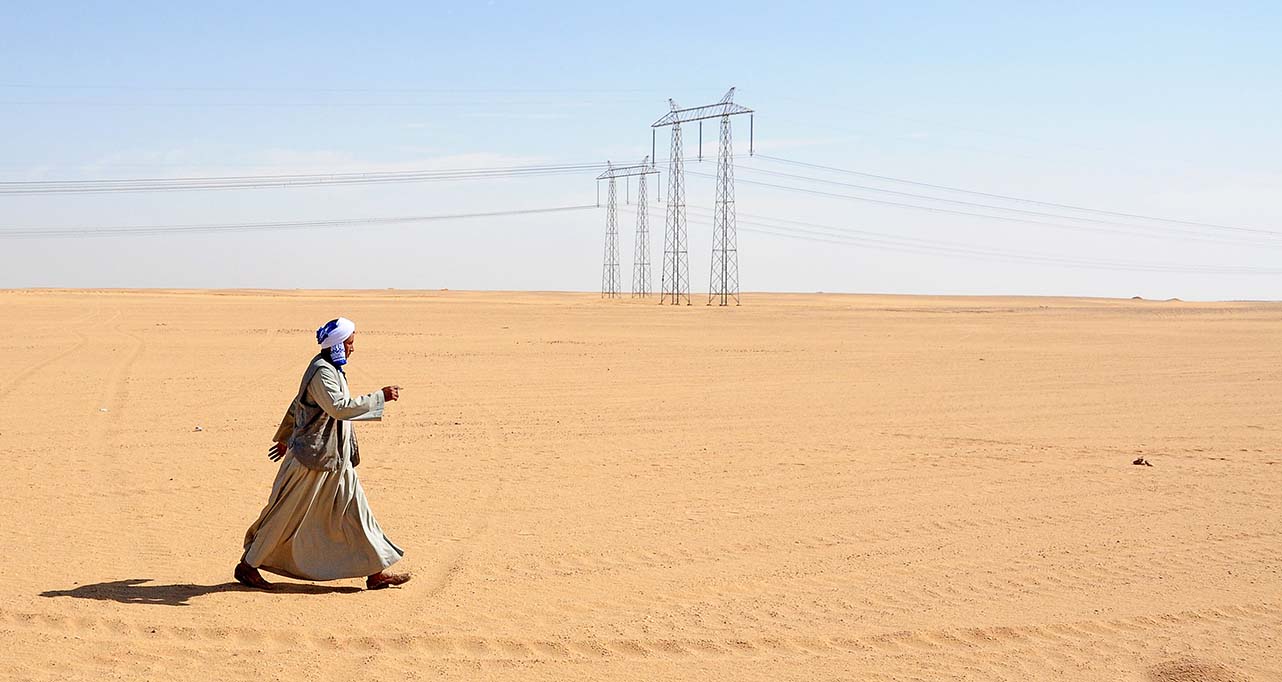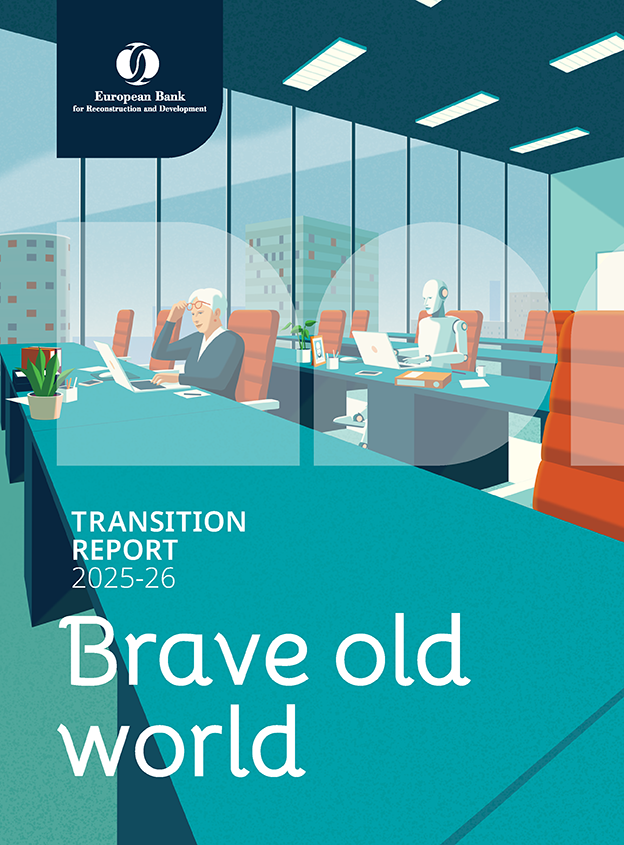Transition Report 2025-26 launch
Watch our launch event back on YouTube.
Who we are
Overview: about the EBRDWho we are
Overview: about the EBRD
Learn about the EBRD's journey to investing more than €210 billion in over 7,500 projects.
What we do
Overview: how the EBRD operatesWhat we do
Overview: how the EBRD operates
Through projects, business services and involvement in high-level policy reform, we're doing more than ever before.
Work with us
Overview: how you can work with the EBRDWork with us
Overview: how you can work with the EBRD
We draw on three decades of regional knowledge and financial expertise to tailor our products and approaches to each client's needs.

The Transition Report 2025-26 looks at the implications of demographic change for rapidly ageing economies, as well as economies with young, fast-growing populations. It outlines recent demographic trends, including declining fertility rates, and presents strategies that policymakers could deploy in response. These centre on prolonging productive working lives, boosting automation and facilitating labour mobility. The analysis focuses on artificial intelligence and migration policies in the EBRD regions and beyond, as well as ways in which demographic change shapes policy preferences and societal beliefs.
Publication date: 25 November 2025
ISBN: 978-1-898802-56-3
ISSN: 1356-3424

Foreword
A grey wave is reshaping the global economy. Fewer births, more retirees and fewer workers to shoulder the fiscal burden of pensions and healthcare have prompted warnings about the economic consequences of ageing. At the other extreme, some argue that artificial intelligence and robots will soon conduct nearly all economically significant activities, making demographic concerns irrelevant. The reality is more complex. New technologies hold promise, but they will not fully compensate for a shrinking workforce. Demographic pressures are powerful, and their effects will weigh heavily on growth and living standards unless they are addressed using smart and proactive policies.

Executive summary
The Transition Report 2025-26 looks at the implications of demographic change for rapidly ageing economies, as well as economies with young, fast-growing populations. It outlines recent demographic trends, including declining fertility rates, and presents strategies that policymakers could deploy in response. These centre on prolonging productive working lives, boosting automation and facilitating labour mobility. The analysis focuses on artificial intelligence and migration policies in the EBRD regions and beyond, as well as ways in which demographic change shapes policy preferences and societal beliefs.

Chapter 1

Chapter 2

Chapter 3

Chapter 4

Chapter 5

